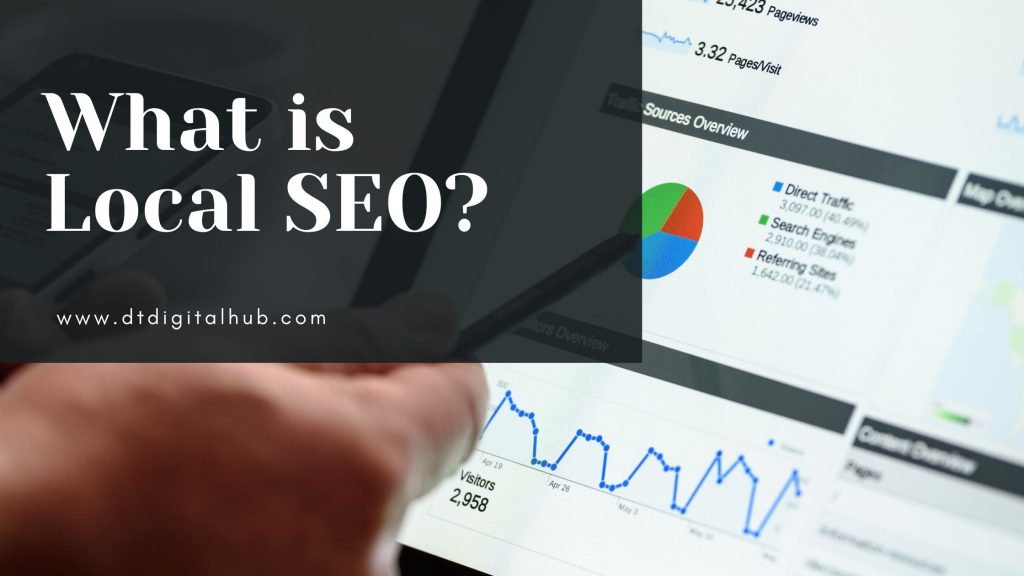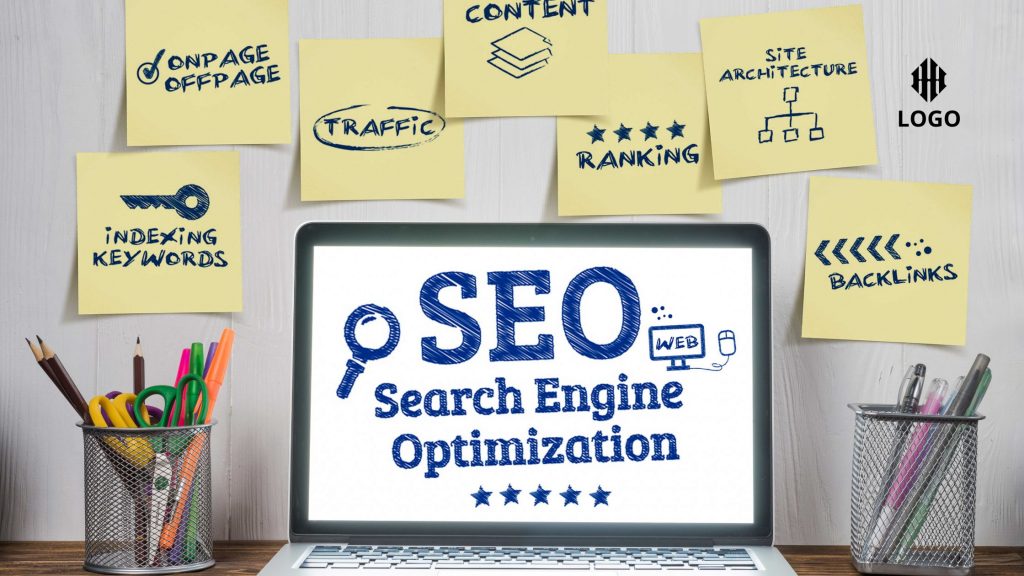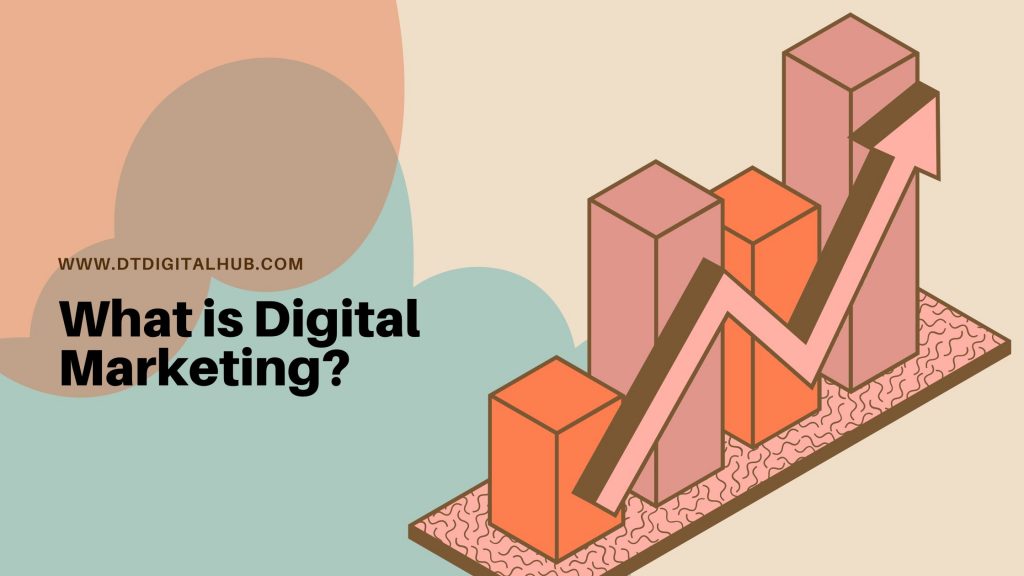Local SEO is a process of optimizing a website and its content to rank well in search engine results pages (SERPs) for specific local search queries, by making sure a business’s website appears when people search for products or services in a specific geographic area. It includes creating and verifying a Google My Business listing(GMB) presently known as Google business profile(GBP), On-page optimization, citations, reviews, and content optimization.
What is Local SEO?
Local SEO (Search Engine Optimization) is the process of optimizing a website and its content to rank well in search engine results pages (SERPs) for specific local search queries. It is a part of digital marketing. Local SEO focuses on making sure a business’s website appears when people search for products or services in a specific geographic area.
Here are some key components of Local SEO:
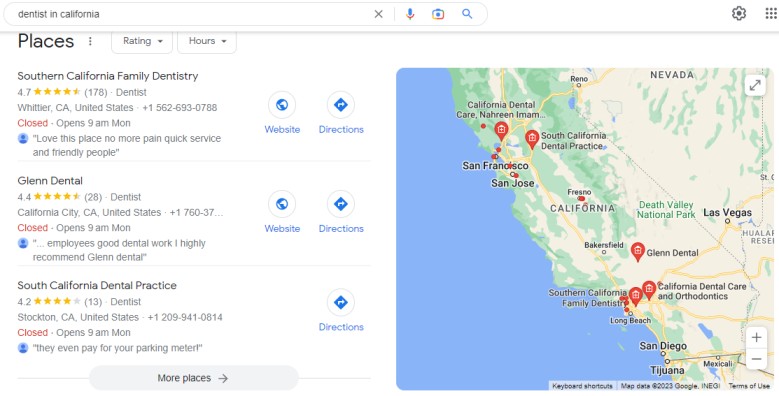
- Google My Business: Creating and verifying a Google My Business listing is one of the most important things a local business can do to improve its visibility in local search results. This is the information that appears on the right side of the search results page when a user searches for a local business.
- On-page optimization: This includes making sure that your website has the correct information about your business, such as name, address, and phone number (NAP) and making sure that it’s consistent with the information on your Google My Business listing.

- Citations: These are mentions of your business’s NAP on other websites, such as directories, social media platforms, and review sites.
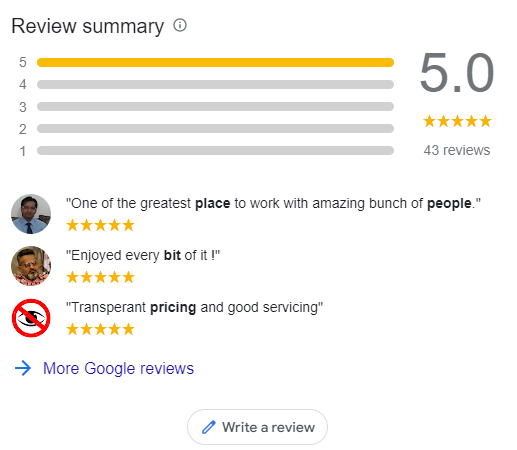
- Reviews: Encouraging customers to leave reviews on sites like Google, Yelp, and TripAdvisor can also boost your local SEO.
- Content: Creating content that is relevant to your local audience and includes local keywords can help your website rank well in local search results.
How does local SEO work?
We can say that Local SEO works like a “normal” Google search. But the results are shown in a specific way.
When someone does a query/search, Google scans through its index to provide the best results for that person’s query.
What makes Local SEO unique is that Google uses a different set of ranking factors to rank the local search results.
In fact, local SEO has a set of unique ranking signals, including:
- The location that the person is searching from
- NAP citations
- Presence of Google My Business listing
- Keywords used in Google My Business profile
- The sentiment of online reviews
- Keywords used in online reviews
- Number of “check-ins” at that location
- Shares on social media
- Google Maps star rating for that business
What’s the difference between SEO in general and Local SEO?
SEO (Search Engine Optimization) and Local SEO are both techniques used to improve a website’s visibility in search engine results pages (SERPs), but they have some key differences.
SEO in general is the process of optimizing a website and its content to rank well in SERPs for specific search queries, regardless of the location of the search. This includes techniques such as keyword research, on-page optimization, link building, and content creation.
Local SEO, on the other hand, is the process of optimizing a website and its content to rank well in SERPs for specific local search queries. This includes techniques such as creating and verifying a Google My Business listing, optimizing on-page elements like name, address, and phone number (NAP), and building citations and reviews on local directories and review sites.
The main difference between SEO in general and Local SEO is that Local SEO is focused on optimizing a website to rank well for searches related to a specific location, while SEO in general is focused on optimizing a website to rank well for any search queries regardless of the location. Local SEO is mainly focused on creating a strong presence on Google My Business and other local directories, providing accurate business information and having positive reviews.
What are the benefits of local SEO?
Local SEO (Search Engine Optimization) is the process of optimizing a website and its content to rank well in search engine results pages (SERPs) for specific local search queries.
Local SEO can help to increase a business’s visibility, target specific geographic areas, be cost-effective, give a competitive advantage, improve user experience and increase trust and credibility.
There are several benefits of using Local SEO to improve a business’s online presence:
- Increased visibility: Local SEO can help a business’s website to appear at the top of search results when people search for products or services in a specific geographic area, which can help to increase visibility and drive more traffic to the website.
- Better targeting: Local SEO allows businesses to target specific geographic areas, which can help to attract more qualified leads and increase the chances of converting those leads into customers.
- Cost-effective: Local SEO can be a cost-effective way to reach a local audience, as it typically requires less investment than traditional advertising methods.
- Competitive advantage: By optimizing for local search, business can gain a competitive advantage over other businesses that are not using Local SEO in the same area.
- Improved user experience: Local SEO can help to improve the user experience by making it easier for users to find the information they need about a business, such as location, hours, and contact information.
- Increased trust and credibility: Having accurate business information across the web and positive reviews can increase the trust and credibility of a business in the eyes of potential customers.
Who needs local SEO marketing?
Local SEO (Search Engine Optimization) marketing is beneficial for businesses that primarily serve a specific geographic area.
Local SEO is beneficial for businesses that primarily serve a specific geographic area such as brick-and-mortar stores, service-based businesses, home-based businesses, restaurants, cafes, bars, event-based businesses, and small business owners. Local SEO can help these businesses to attract more customers in their local area and compete with larger businesses.
Some examples of businesses that may need local SEO marketing include:
- Brick-and-mortar stores: Local SEO can help physical stores attract more customers by appearing at the top of search results when people search for products or services in the area.
- Service-based businesses: Service providers such as plumbers, electricians, lawyers, and dentists can benefit from local SEO to reach potential customers in their service area.
- Home-based businesses: Home-based businesses such as personal trainers, tutors, and gardeners can use local SEO to attract customers in their local area.
- Restaurants, cafes and bars: Local SEO can help restaurants, cafes, and bars attract more customers by appearing at the top of search results when people search for places to eat or drink in the area.
- Event-based businesses: Event-based businesses such as wedding photographers, caterers, and party planners can use local SEO to attract customers in the area where they plan events.
- Small business owners: Local SEO is particularly beneficial for small business owners who are looking to increase their visibility in their local area and compete with larger businesses.
How To Optimize Your Business for Local SEO?
Optimizing a business for Local SEO (Search Engine Optimization) can help to increase visibility and attract more customers in a specific geographic area. Here are some steps to help optimize a business for Local SEO:
- Claim and verify your Google My Business listing: Google My Business is a free tool that allows businesses to manage their online presence across Google, including in search results and Google Maps. It’s important to claim and verify your business’s Google My Business listing to ensure that the information is accurate and up-to-date.
- Optimize on-page elements: This includes making sure that your website has the correct information about your business, such as name, address, and phone number (NAP), and making sure that it’s consistent with the information on your Google My Business listing.
- Build citations: Citations are mentions of your business’s NAP on other websites, such as directories, social media platforms, and review sites. Having consistent and accurate information on these sites can help to boost your Local SEO.
- Encourage reviews: Encourage customers to leave reviews on sites like Google, Yelp, and TripAdvisor. Positive reviews can help to boost your Local SEO and increase trust and credibility with potential customers.
- Optimize content: Create content that is relevant to your local audience and includes local keywords. This can help your website rank well in local search results.
- Use structured data: Use structured data (Schema markup) to provide search engines with more information about your business and its content. This can help to improve click-through rates and increase visibility in local search results.
- Optimize for mobile: Optimize your website for mobile to ensure that it’s easy to navigate and provides a good user experience on mobile devices.
- Monitor and track your progress: Monitor your website’s performance and track your progress using tools such as Google Analytics. This can help you to identify areas where you need to make changes and optimizations.
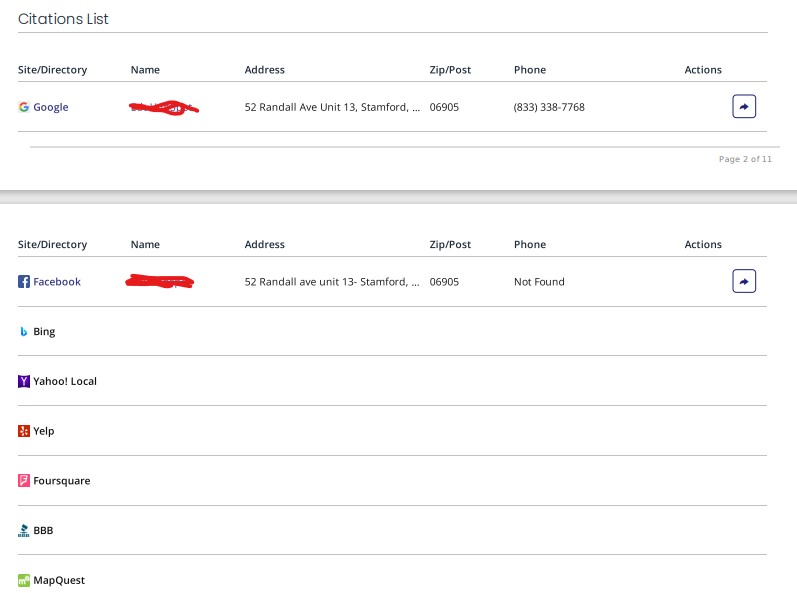
Optimizing a business for Local SEO involves, claiming and verifying your Google My Business listing, optimizing on-page elements, building citations, encouraging reviews, optimizing content, using structured data, optimizing for mobile and monitoring and tracking the progress regularly. Implementing these steps can help to increase a business’s visibility and attract more customers in a specific geographic area.
Local SEO Tips to Optimize Website:
- Optimize for Google My Business.
- Engage on social media and add posts to Google My Business.
- Ensure your name, address, and phone number are consistent online.
- Optimize online directories and citations.
- Perform a local SEO audit.
- Improve your internal linking structure.
- Optimize URL, title tags, headers, meta description, and content.
- Add location pages to your website.
- Create local content.
- Ensure your website is mobile-friendly.
- Get inbound links with relevance and authority.
- Participate in your local community.
How to Find Keyword for Local SEO
Finding the right keywords for local SEO (Search Engine Optimization) can help to increase a business’s visibility and attract more local customers. Here are some steps to help find keywords for Local SEO:
- Start with a list of relevant terms: Think about the services or products that your business offers, and create a list of relevant terms and phrases that potential customers might use to search for those services or products.
- Use keyword research tools: Use keyword research tools, such as Google Keyword Planner, to find keywords that are relevant to your business and are being searched for by potential customers in your local area.
- Consider long-tail keywords: Long-tail keywords are more specific phrases that are typically used by customers who are closer to making a purchase. These keywords can be more effective for Local SEO, as they are more likely to attract customers who are actively searching for the services or products that your business offers.
- Use location-based keywords: Incorporate location-based keywords into your keywords list. For example, if you’re a local bakery, you might include keywords such as “bakery in [city name]” or “[city name] pastry shop”, and bakery shop “near me”
- Research your competition: Research your competition to see what keywords they are ranking for and what keywords they are targeting. You can use tools such as SEMrush or Ahrefs to see the keywords that your competition is ranking for.
- Prioritize keywords: Prioritize your keywords based on relevance, search volume, and competition. Focus on the keywords that are relevant to your business, have a high search volume, and have low competition.
- Use keywords in your content: Once you have a list of keywords, use them in your website content, meta tags, and image file names. This will help to improve your website’s relevance for those keywords and increase visibility in search results.
In summary, finding keywords for Local SEO involves creating a list of relevant terms, using keyword research tools, considering long-tail keywords, using location-based keywords and “Near me”, researching competition, prioritizing keywords, and using keywords in website content, meta tags and image file names. By following these steps, businesses can attract more local customers by ranking well in local search results.
What is Image Geo Tagging?
Image geotagging is the process of adding geographical information to an image file. This information can include the location where the photo was taken (latitude and longitude coordinates), as well as the address, city, state, and country. The geographical information is embedded in the image’s metadata, which can be accessed by search engines, photo management software, and other applications that support geotagging.
The benefits of image geotagging include improved organization of photos, better visibility in local search results, and enhanced local SEO efforts. For example, if a business has images of its location, products, or services geotagged with the correct location information, these images may appear in local search results when people search for businesses or products in the area. This can help the business to attract more local customers and increase visibility in local search results.
In conclusion, image geotagging is a useful tool for businesses looking to improve their local SEO efforts and increase visibility in local search results. By geotagging images with the correct geographical information, businesses can improve the organization of their photos, as well as improve their visibility in local search results, and attract more local customers.
Best Local SEO Strategy Checklist:-
● Google Business Profile Optimization: Optimize Title, Business Description, and Services. Optimize all the features that GBP have.
● Description: Use the high-traffic keywords in the starting of the description. You can add information like why are you different from other businesses, what you offer different from other competitors, etc. Try to use all characters available for the description.
● Q & A: Use the Question & Answer feature on the GMB profile, and add already ranking keywords either in the question or in the answer. They can also show up on SERP for the same keywords.
● Photos and Videos: Businesses with photos and videos on their GMB profile get more clicks and visitors on their websites. Hence try to add images on your GMB profile regularly like once in 7 to 10 days. Images like working, interacting with clients, your office, etc. puts a positive impact on the visitors. Adding bulk images at the same image will not have a positive impact on Google.
● GMB Posting: Along with businesses images on GMB profile, posting regularly on GMB with keyword optimized descriptions and CTA button at the end can increase the traffic to your GMB and website.
● Category: With the primary category, you should add secondary categories too. But the categories should be very specific to the services and products you offer. You can find the secondary categories through your competitor’s profile; search what categories they are using to rank on the particular keywords.
● Reviews & Ratings: Most important factor is the Reviews by the Customers and clients. Ask your Clients to leave reviews for your services and company on your GMB profile. Also, tell your clients to add keywords (you are ranking on) in Reviews as the reviews also show up on SERP when somebody searches for the same keywords.
● NAP Consistency: Google won’t prioritize websites they don’t consider are legitimate. NAP consistency is important for local SEO because matching NAPs legitimacy and improve the chances to rank your local business well. It also provides search engines and potential new customers with the most essential information about your business.
● Reputation: Get listed on other local listing sites like yellow pages, foursquare, Justdial, and other reputed sites. It will increase the credibility and Reputation of GMB Listing and website.
● Last but not least stay active on GMB as much as possible either by adding posts every 4 to 5 days, business images every 7 to 10 days, new offers or products, even a minor change too.
Local SEO FAQs
What is Local SEO?
Local SEO is the process of optimizing a website and its content to rank higher in search engine results for local-based keywords and phrases.
What matters for Local SEO?
Factors that matter for Local SEO include: Google My Business listing, local citations, reviews, backlinks, on-page optimization, and keyword research.
What are the types of local SEO?
Types of local SEO include: Google My Business Optimization, Local Citations, Reviews and Reputation management, On-page optimization, Local link building.
What is the difference between local SEO and general SEO?
Local SEO focuses on optimizing a website to rank well in local search results while general SEO is focused on optimizing a website to rank well in general search results regardless of location.
How do I practice local SEO?
To practice local SEO, you can start by claiming and verifying your Google My Business listing, building local citations, getting positive reviews, optimizing your website’s on-page elements and building local backlinks.
Why is local SEO important?
Local SEO is important because it helps businesses connect with people who are searching for products or services in their local area.
How do I know if I need local SEO?
If your business targets customers in a specific geographic area, then Local SEO is important for you. By optimizing your website for local search terms, you can increase your visibility and attract more local customers.
Also Read Related Post:-

